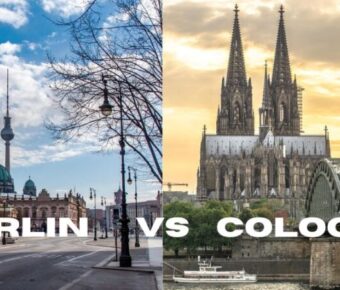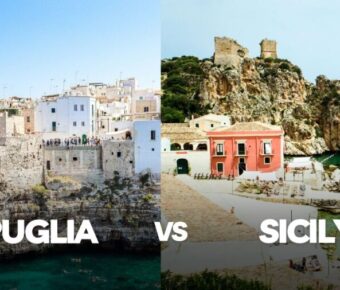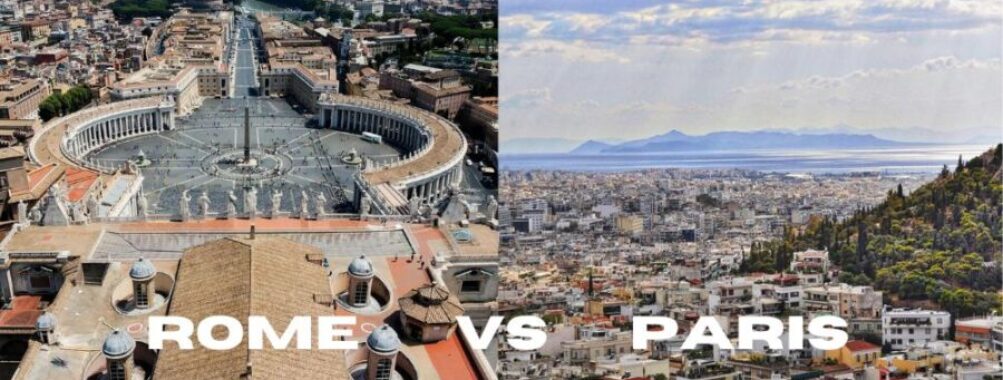
Rome vs Athens: 7 Key Differences Between Ancient Mediterranean’s Most Influential Cities
Rome and Athens stand as two iconic European capitals, each offering travelers a journey through ancient history and modern culture. These magnificent cities shaped Western civilization. Athens is the older of the two, founded in 508 BC compared to Rome’s establishment around 735 BC.
Most first-time visitors prefer Rome over Athens due to its broader range of attractions, better-preserved ancient sites, and more vibrant modern culture. Both cities feature remarkable ruins and archaeological treasures, but Rome’s ancient structures exist on a grander scale, with the Colosseum and Roman Forum drawing millions of visitors yearly.
The weather plays a role in deciding when to visit. Athens sees slightly more sunshine in summer months with 357 hours compared to Rome’s 338 hours. Rome gets more rainfall, especially in July when it receives 19mm while Athens only gets 6mm, making Athens ideal for summer exploration.
Contents
- Historical Significance and Ancient Roots
- Birthplace of Democracy and Roman Empire
- Archaeological Sites and Ancient Treasures
- City Landscapes and Urban Structures
- Architecture and City Planning
- Famous Landmarks and Museums
- Cultural Experiences and Public Spaces
- Cuisine and Dining Traditions
- Arts, Galleries, and Nightlife
- Contemporary Life and Amenities
- Transportation and Accessibility
- Accommodation and Daily Life
- Seasonal Attractions and Yearly Events
- Festivals and Cultural Celebrations
- Weather and Best Times to Visit
- Frequently Asked Questions
- What were the primary differences between the governmental systems of Athens and Rome?
- How did the military strategies and prowess of Rome and Athens compare during ancient times?
- Which city offers a richer historical experience for travelers, Rome or Athens?
- When considering safety and tourism, which city is considered to be a safer destination: Rome or Athens?
- Between Rome and Athens, which destination tends to be more budget-friendly for visitors?
- Can you highlight the unique cultural experiences that differentiate Rome from Athens for a traveler?
- More Travel Guides
Historical Significance and Ancient Roots
Athens and Rome stand as two of history’s most influential cities, each leaving lasting marks on civilization through their unique contributions to art, architecture, and systems of government.
Birthplace of Democracy and Roman Empire
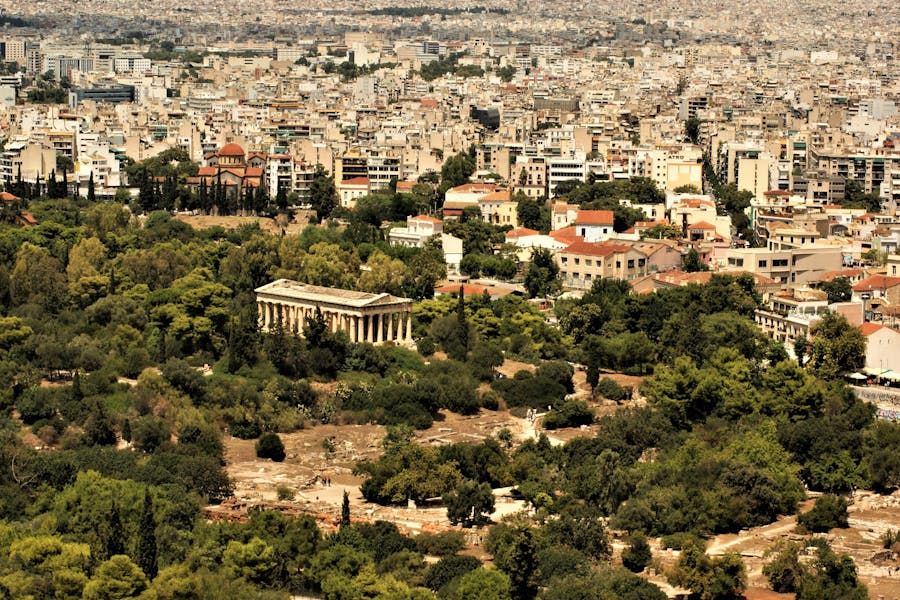
Athens created the world’s first democracy in 508 BCE, where male citizens voted on laws and picked leaders. The Athenian Agora served as the heart of this system, hosting public debates and votes.
Rome began as a small settlement in 753 BCE but grew into a mighty empire stretching from Britain to Egypt. The Roman Forum became the center of political life, filled with government buildings and temples.
The Roman Empire brought major changes to the ancient world through its strong military and organized government system. They built roads, created laws, and spread their culture across three continents.
Archaeological Sites and Ancient Treasures
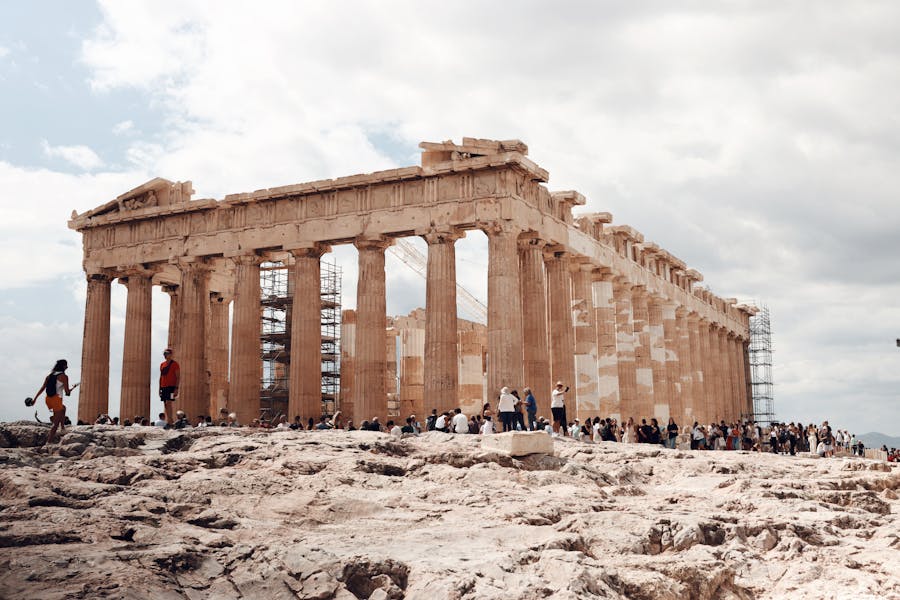
The Acropolis towers above Athens, crowned by the marble Parthenon temple. Built in the 5th century BCE, this amazing structure honors the goddess Athena and shows off Greek architectural skill.
The massive Colosseum in Rome could hold 50,000 spectators for gladiator contests. Today it remains the largest ancient amphitheater ever built.
The Pantheon features the world’s largest unreinforced concrete dome. Its perfect proportions and engineering still amaze architects today.
Both cities protect their ancient ruins carefully. The Roman Forum contains temples, government buildings, and public spaces from 2,000 years ago. The Ancient Agora of Athens shows daily life from classical Greece through its market stalls, courts, and assembly places.
City Landscapes and Urban Structures
Both Rome and Athens showcase remarkable urban layouts that reflect their ancient roots, with stunning architectural achievements scattered throughout their historic centers. Their city landscapes blend old-world charm with modern amenities.
Architecture and City Planning
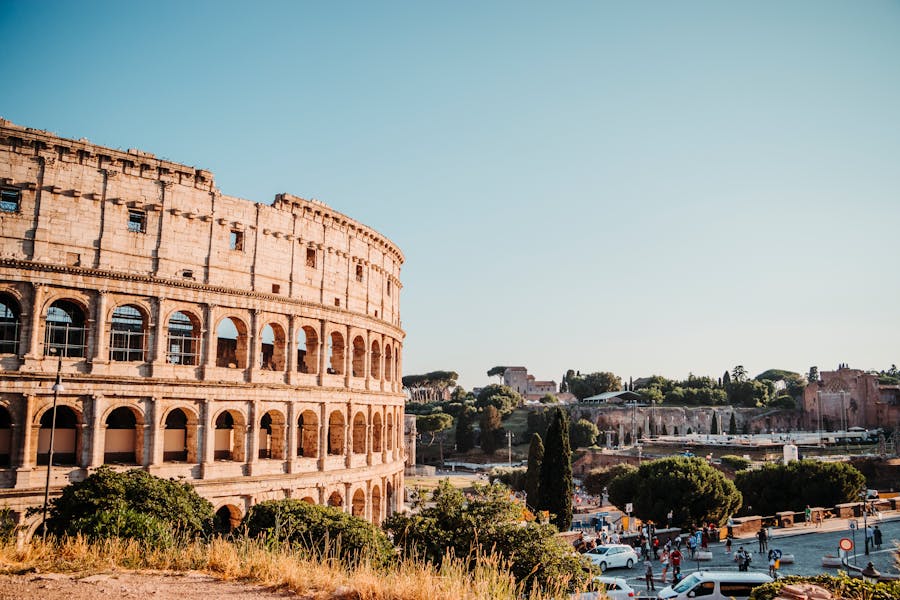
Rome’s urban plan features circular designs and grand boulevards. The city grew organically around its famous seven hills, creating a maze-like network of streets and alleys. Ancient Roman architects pioneered the use of concrete and arches, which let them build massive structures like the Colosseum.
The beautiful Piazza Navona displays Rome’s love of open squares. Villa Borghese adds a touch of green to the urban setting with its sprawling gardens and museums.
Athens built its city around the mighty Acropolis. The ancient Greeks preferred straight lines and geometric patterns in their city planning. You’ll notice this in areas like Plaka, the old town district that sits at the base of the Acropolis.
Monastiraki Square serves as a busy meeting point where ancient ruins mix with modern shops and cafes.
Famous Landmarks and Museums
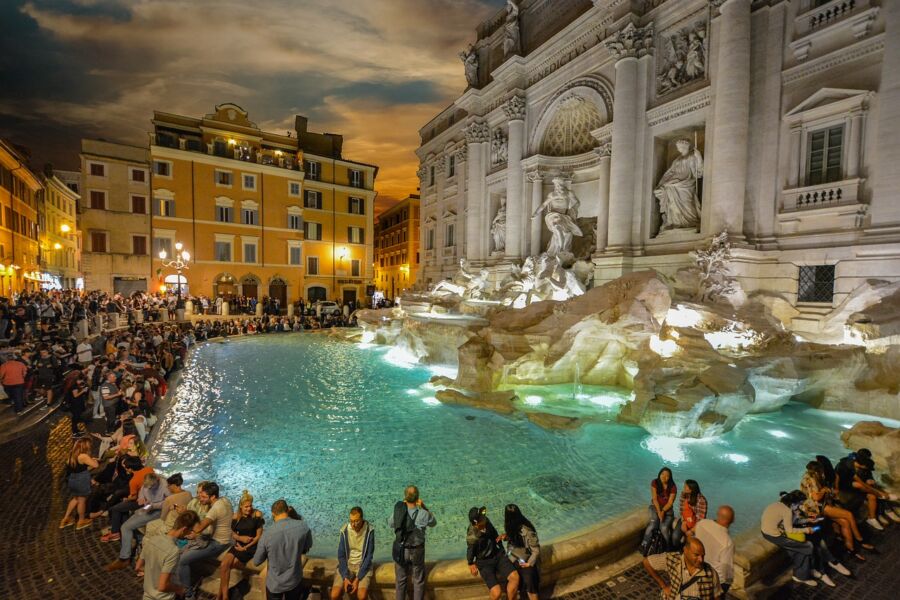
The Vatican Museums house countless treasures, including the breathtaking Sistine Chapel. St. Peter’s Basilica stands as the world’s largest church, drawing millions of visitors each year. The Trevi Fountain adds romance to Rome’s urban landscape.
Athens’ crown jewel is the Acropolis Museum, with its glass floors revealing ancient ruins below. The National Archaeological Museum holds the world’s finest collection of Greek artifacts.
Each neighborhood tells its own story. In Athens, Plaka’s narrow streets lead to hidden courtyards and Byzantine churches. Rome’s streets guide visitors to unexpected discoveries, like tiny chapels tucked between shops.
Cultural Experiences and Public Spaces
Both ancient capitals offer rich cultural scenes where tradition meets modern life through food, art, and entertainment. The streets come alive with a mix of historic charm and contemporary energy.
Cuisine and Dining Traditions

Rome’s food scene centers on time-honored Italian cooking traditions. Local restaurants serve classic pasta dishes like cacio e pepe and amatriciana in cozy trattorias tucked away on cobblestone streets.
Street food thrives in both cities. Romans grab quick bites of supplì (rice balls) and pizza al taglio (pizza by the slice). Greeks enjoy souvlaki and gyros from neighborhood spots.
Athens showcases Mediterranean flavors with fresh seafood and local ingredients. Small tavernas serve mezedes (small plates) perfect for sharing, while modern restaurants put creative spins on traditional Greek recipes.
Wine culture differs between the cities. Romans prefer their local Frascati and Montepulciano wines. Athens diners often choose ouzo or retsina wine to pair with meals.
Arts, Galleries, and Nightlife
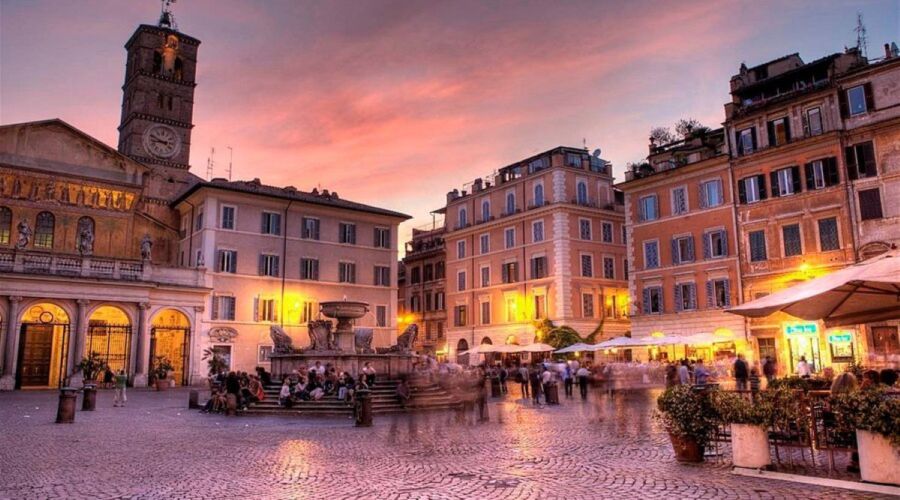
Athens buzzes after dark, especially in neighborhoods like Psiri and Gazi. Old industrial spaces now house art galleries and music venues. The city’s contemporary art scene grows stronger each year.
Book activities and tours to explore Rome’s vast art collections. The city features countless galleries showcasing everything from ancient sculptures to modern installations.
Romans enjoy aperitivo (pre-dinner drinks and snacks) in trendy districts like Trastevere and Monti. These areas fill with young people hopping between wine bars and cafes.
Dance clubs in Athens stay open until sunrise. The beach clubs along the Athens Riviera attract international DJs during summer months. Rooftop bars offer views of the Acropolis while serving creative cocktails.
Contemporary Life and Amenities
Both Rome and Athens blend ancient charm with modern conveniences, offering visitors diverse transportation options and living spaces that range from budget-friendly to luxurious. The cities maintain their historic character while providing essential modern services.
Transportation and Accessibility

Rome’s public transport system includes an extensive metro network with three lines covering major tourist spots and residential areas. Buses and trams fill in the gaps, making most parts of the city easy to reach.
Getting around Athens is simple with its three-line metro system. The bright blue Line 3 connects travelers directly from search flights to Athens Airport to the city center in just 40 minutes.
Both cities offer reliable taxi services and ride-sharing apps. Bikes and e-scooters are popular in Rome’s flatter areas, while Athens’ hilly terrain makes these options less practical.
Accommodation and Daily Life
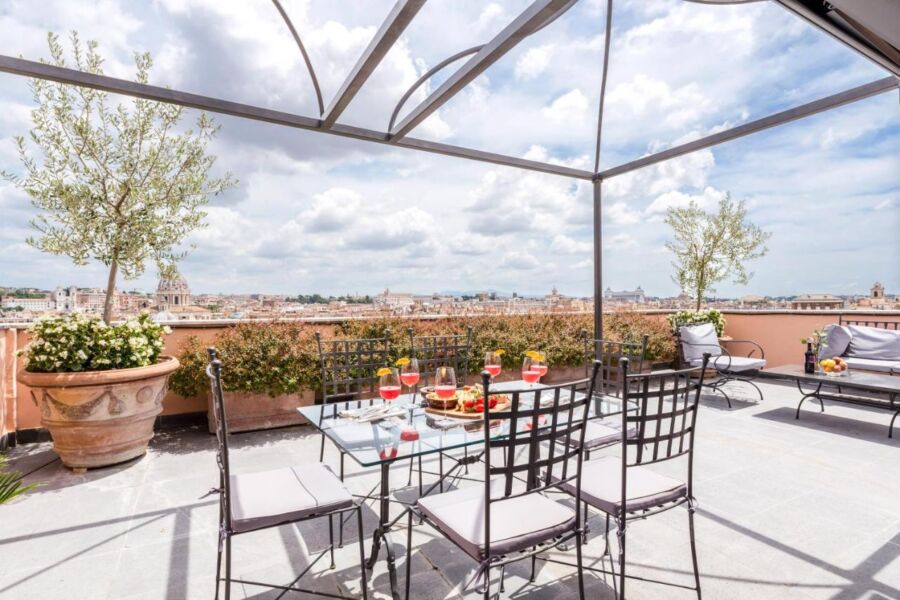
Athens offers a mix of modern apartments and traditional homes. The Kolonaki and Pangrati neighborhoods attract young professionals and students with their mix of cafes and quiet streets.
Rome’s residential areas vary from the busy Centro Storico to peaceful Monteverde. Find vacation rentals in trendy areas like Trastevere or Monti for a local experience.
Daily expenses run lower in Athens than Rome. A coffee costs about 3.70 euros in Athens versus 1.50 euros in Rome. Wine shows the opposite trend – bottles cost around 9.50 euros in Athens but only 4 euros in Rome.
Both cities maintain active university communities. Rome hosts La Sapienza, one of Europe’s largest universities, while Athens boasts the historic National and Kapodistrian University.
Seasonal Attractions and Yearly Events
Both Rome and Athens offer amazing events throughout the year that celebrate their rich cultural heritage. The weather plays a big role in when tourists choose to visit these ancient cities.
Festivals and Cultural Celebrations
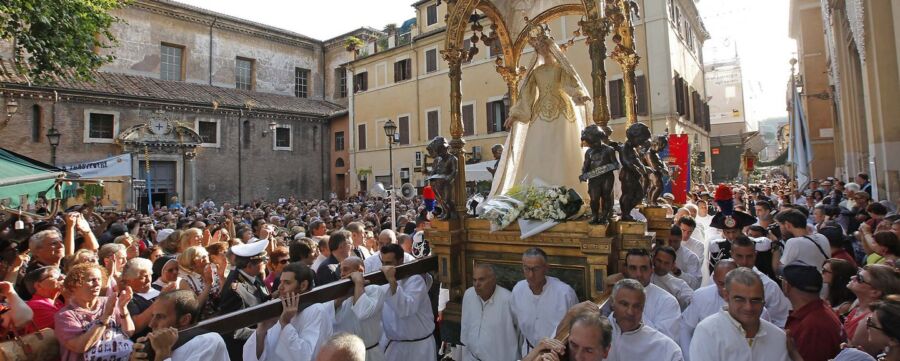
Rome lights up during Easter Week with grand celebrations at St. Peter’s Basilica. The Festa di Noantri in July fills the streets of Trastevere with music, food, and dancing.
The city comes alive in December for Christmas festivities, with a huge Christmas market in Piazza Navona. The feast day of Rome’s patron saints Peter and Paul on June 29 brings fireworks and festivities.
Athens hosts the Athens Epidaurus Festival from May to October, featuring Greek theater performances in ancient venues. The Apokries Carnival in February fills streets with costumed revelers and parades.
Traditional Greek Easter celebrations in April include candlelit processions and lamb roasts. The August Full Moon Festival opens archaeological sites for free nighttime concerts.
Weather and Best Times to Visit
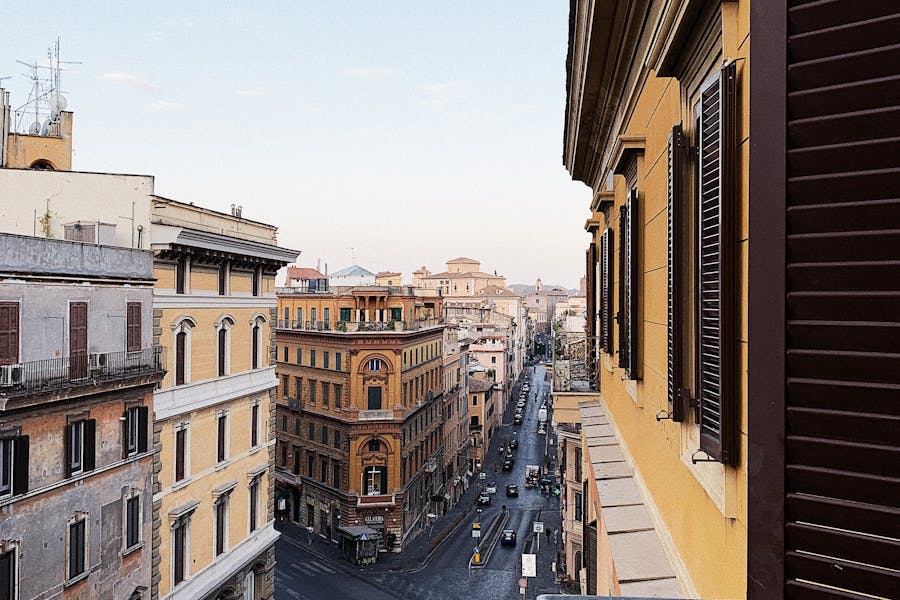
Spring (March-May) and fall (September-October) offer the most pleasant temperatures in both cities, ranging from 65-75°F (18-24°C). Athens gets more sunshine than Rome in spring, with 226 hours versus 204 hours.
Summer brings intense heat to both cities. Athens tends to be hotter and drier, while Rome has more humidity. Tourist crowds peak in July and August.
Winter is mild in both cities but Rome gets more rain. Athens averages 50°F (10°C) in winter while Rome stays around 45°F (7°C).
Best time for families: Spring break or early fall when weather is mild and crowds are smaller.
Best for budget travelers: November-February (except holidays) for lowest hotel rates and airfare.
Frequently Asked Questions
Ancient Rome and Athens shaped civilization through distinct approaches to government, military, and culture. Modern travelers experience these differences through remarkably preserved ruins, museums, and local traditions.
What were the primary differences between the governmental systems of Athens and Rome?
Athens created the first democracy, giving citizens direct voting power in political decisions. The system gave strong rights to free male citizens but excluded women and slaves.
Rome started as a republic with elected officials and later became an empire ruled by emperors. The Roman Senate held significant power, though less direct than the Athenian assembly.
How did the military strategies and prowess of Rome and Athens compare during ancient times?
The Athenian military focused on naval power with skilled trireme ships and crews. Their land forces specialized in hoplite warfare with heavily armored infantry fighting in tight formations.
Roman legions revolutionized warfare through superior organization and equipment. They mastered siege warfare and built roads to move troops quickly across their vast empire.
Which city offers a richer historical experience for travelers, Rome or Athens?
Athens showcases incredible ancient sites like the Acropolis and Parthenon. The city lets visitors walk the same paths as Socrates and Plato.
Rome offers more layers of history spanning ancient ruins to Renaissance art. The Colosseum, Forum, and Vatican Museums create an unmatched collection of historical treasures.
When considering safety and tourism, which city is considered to be a safer destination: Rome or Athens?
Both cities maintain good safety records in their main tourist areas. Visitors should watch for pickpockets and tourist scams, just like in any major city.
Police presence stays high around popular attractions in both cities. The biggest risks come from petty theft rather than violent crime.
Between Rome and Athens, which destination tends to be more budget-friendly for visitors?
Athens offers better value for meals, hotels, and attractions. Coffee costs more in Athens at 3.70 euros versus 1.52 euros in Rome.
Local transportation and museum entry fees cost less in Athens. Rome has higher prices for accommodations, especially near famous landmarks.
Can you highlight the unique cultural experiences that differentiate Rome from Athens for a traveler?
Rome emphasizes cafe culture, evening passeggiata walks, and long dinners. The city mixes ancient history with modern Italian fashion and design.
Athens brings Greek hospitality through tavernas, markets, and street life. Traditional music, dance, and food markets give visitors a taste of authentic Greek culture.


